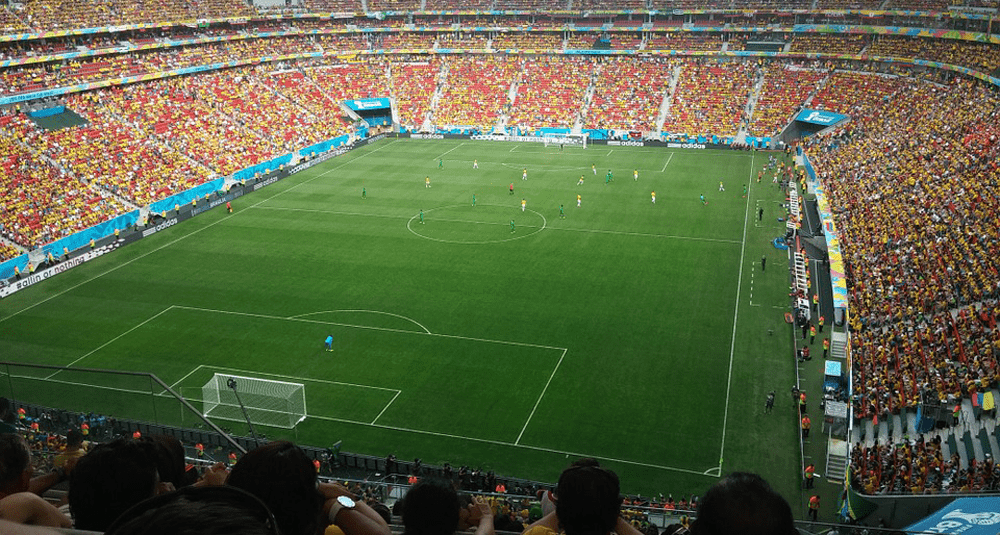How often is the World Cup held?
Last Updated:
The FIFA World Cup takes place every four years. This frequency, established since the first edition in 1930, has become a tradition and a fundamental pillar of the tournament’s organization. This four-year cycle has enabled the World Cup to become one of the most prestigious and eagerly awaited sporting events on the planet.
The FIFA (International Federation of Association Football) World Cup was created on the initiative of Frenchman Jules Rimet, then president of FIFA. His ambition was to bring together the world’s best nations in an international competition independent of the Olympic Games. The first edition took place in 1930 in Uruguay, with 13 teams participating. From the outset, the tournament was designed to take place every four years, mirroring the Olympic cycle.
This four-year cycle serves several practical and symbolic purposes. First, it gives nations time to prepare their national teams, develop their sports infrastructure, and organize qualifying rounds. International soccer has a busy schedule, with national championships, continental competitions (such as the Euro or the Copa América), and club competitions. A four-year cycle therefore helps maintain a balance between all these competitions.
From a logistical standpoint, the World Cup is a colossal undertaking. It requires considerable human, economic, and media resources. Host countries must build or renovate stadiums and develop transportation, accommodation, and security infrastructure, while welcoming millions of fans and television viewers from around the world. A four-year interval is necessary to allow for optimal organization and ensure that the event lives up to global expectations.
Historically, only two periods have interrupted this regular rhythm: World War II, which led to the cancellation of the 1942 and 1946 editions. The competition then resumed in 1950 in Brazil, and since then, the four-year tradition has never been broken.
The frequency of the FIFA World Cup also contributes to its prestige. The fact that it only takes place every four years creates a unique sense of anticipation, tension, and excitement among fans. Each edition becomes a generational event, etched in the collective memory: Brazil’s victory with Pelé in 1970, France’s victory in 1998, or Argentina’s victory with Messi in 2022. This rhythm helps to preserve the mythical dimension of the competition, where every moment counts and every achievement is unforgettable.
In each cycle, national teams go through a long qualification process, which generally lasts two to three years before the final phase. These qualifiers allow the best teams in the world to be selected from among the more than 200 nations affiliated with FIFA. This increases global interest in the competition, which becomes a veritable sporting and emotional marathon.
Recently, discussions have emerged within FIFA about the possibility of holding the World Cup every two years. This idea, put forward by former coach Arsène Wenger, has sparked much debate. While some see it as an opportunity to increase economic and sporting benefits, the majority of federations, players, and fans are strongly opposed, believing that it would undermine the exceptional nature of the tournament and be detrimental to the health of the players.
The World Cup takes place every four years. This schedule, adopted in 1930, strikes a balance between preparation, prestige, and logistics. It allows nations to rebuild, fans to dream, and the event to maintain its unique status in the world of sports. The four-year cycle is not just a rule: it is an integral part of the magic of the World Cup, a symbol of passion, competition, and global unity.
sports

How often is the World Cup held?
Answer
The World Cup takes place every four years, a frequency that allows national teams to prepare and renew themselves.